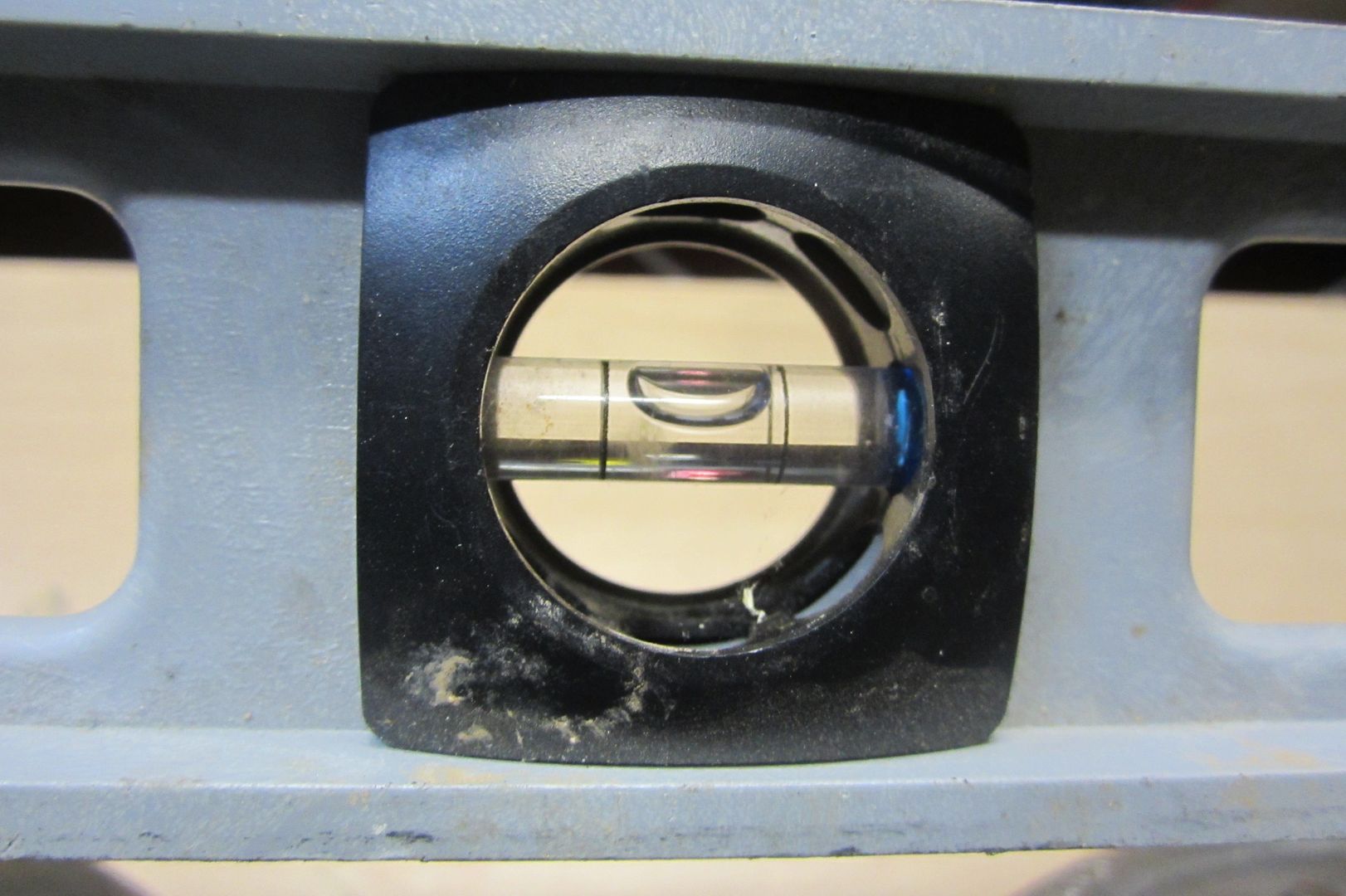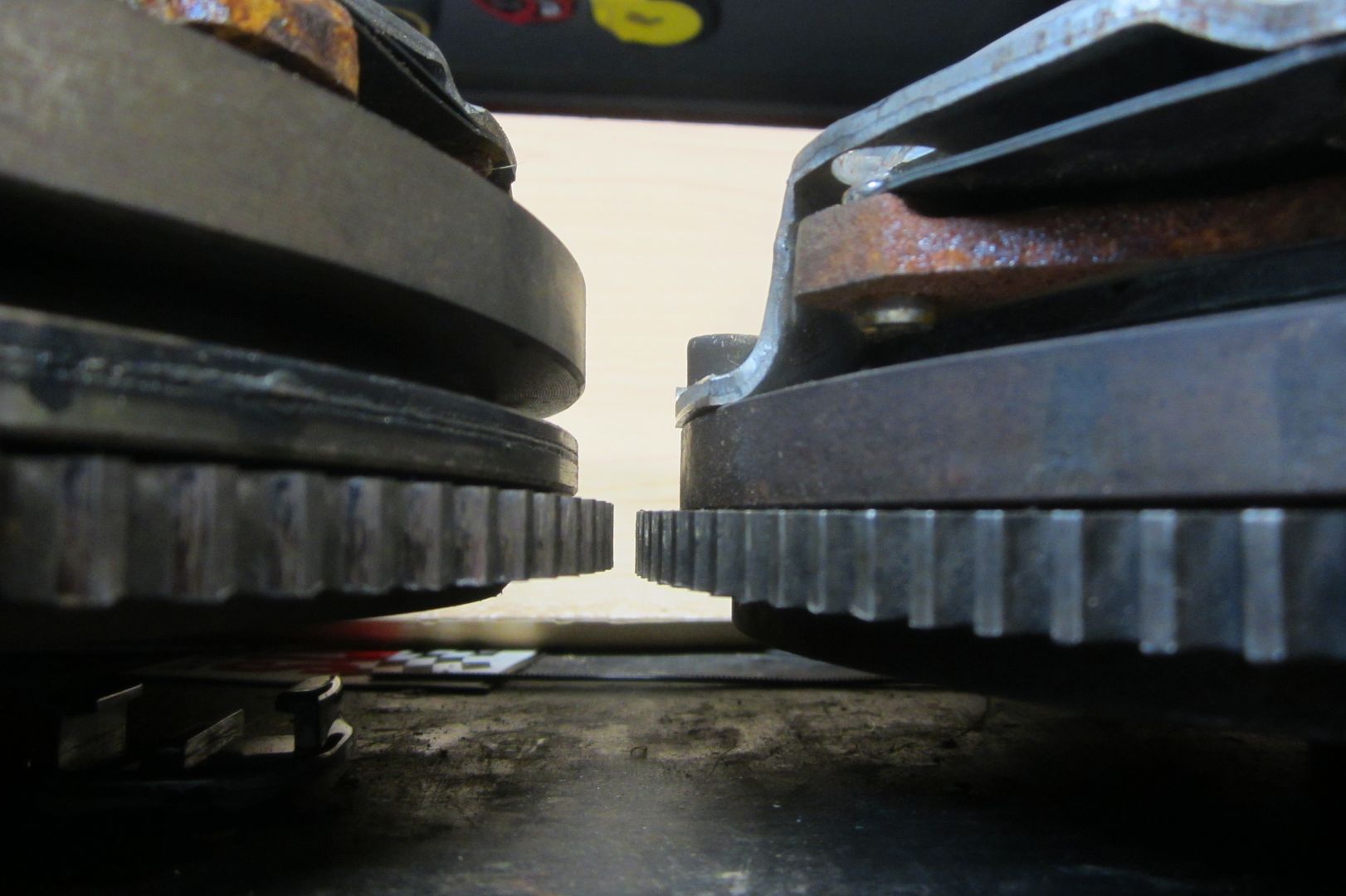So did a bit of mocking up, since I hadn't seen any good comparison photos of the various M20 FW conversions. Here goes:
My workbench is PERFECTLY level, first of all.
I used some blocks of EXACTLY the same thickness underneath the assemblies, simulating the mouting face of the crank. So this display shows the relative heights of the entire assemblies AS MOUNTED on the engine.
All bolts are tight, and the pressure plates are cinched down to spec, with clutch plates inside.
FIRST TEST:
This is the M42 stock assembly on the left.
On the right is the M20 assembly WITH the little spacer (off an M42 FW) underneath. As you can see, the ring gears on each are perfectly even. Both have a standard E30 TOB on top. As you can see, they are PERFECTLY level with each other.
So, the bottom line on this setup is that the full M20 assembly here, with the spacer and stock TOB, is exactly the same overall thickness as the stock M42 stuff.
M42 vs M20 w/spacer and stock TOB:


TEST 2:
In this test, I took out the spacer ring from below the flywheel, and put the slightly longer 323i TOB on top instead of the stock one.
Results: The ring gear is a bit off. The overall height is exactly the same. So basically, this setup should work fine as well. I'm thinking that the 323 TOB method was developed before someone thought of using the little spacer to allow use of the M42 TOB. The only thing here is that the backside of the FW would have to be milled a bit to clear the engine/sump bolts. So this method involves a BIT more work.
Also, looking at the starter pinion gear travel, it appears that the M20 starter OR the M42 starter with the M20 cone should both work perfectly. I have both sitting on my bench as well.
M42 vs M20 without spacer, with 323i TOB.


Hope this is of use to someone, and comments/thoughts are welcome.
Oh also, I weighed the assemblies on a well-calibrated scale. The full M20 setup is almost exactly 5lbs lighter than the M42 setup by my scale.